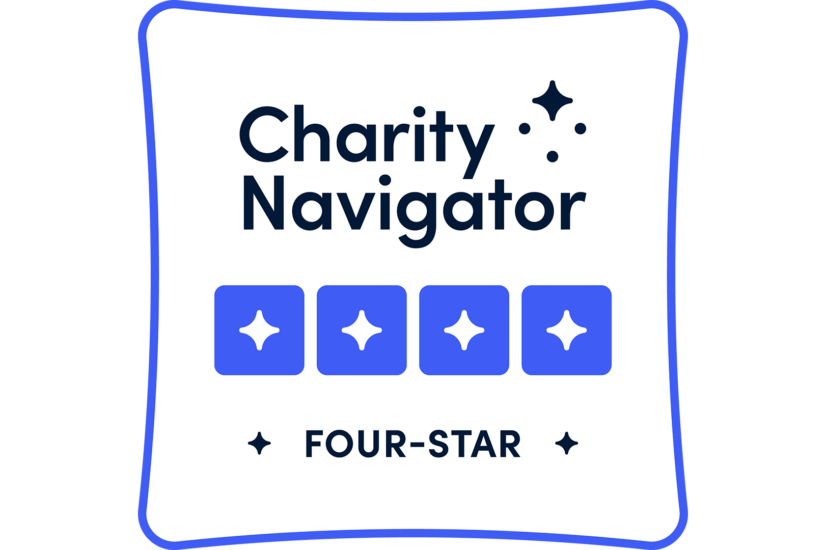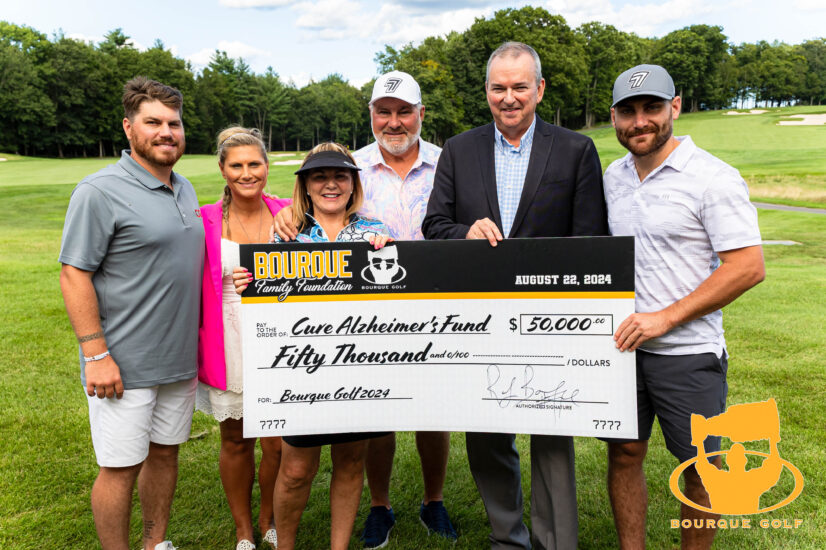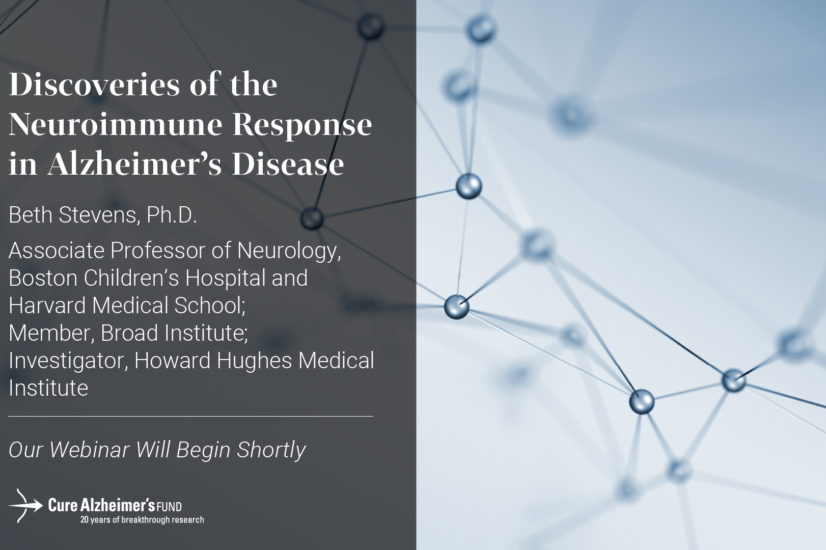If you haven’t checked out Nicholas Wade’s piece in today’s New York Times, you should. The prominent science writer has taken on the traditional method of gene hunting, claiming there may be a new, arguably more successful, way to look for diseases’ genetic roots — the very research strategy conducted by the Cure Alzheimer’s Fund since our inception in 2004.
Having developed increasingly sophisticated approaches to Genome Wide Association Screens (GWAS) Cure Alzheimer’s Fund supported researchers have been arguing that the common method of gene hunting is flawed or at least insufficient — that it is the common variants that may actually be pointing to the rare mutations responsible for diseases such as Alzheimer’s. It’s this research focus that has allowed us to develop our roadmap to a cure, something that has made us truly unique among other research organizations. A key paper on this topic titled, “Genome-wide association studies in Alzheimer’s disease” was published recently in the journal Human Molecular Genetics by Cure Alzheimer’s Fund supported researchers Lars Bertram and Rudy Tanzi.
Wade’s piece references Dr. David B. Goldstein, a Duke geneticist who believes that genome-wide association studies may have taken significant time and resources, but were vital to providing the science community with “next steps.”
Goldstein, like our very own Rudy Tanzi, believes that finding even a few rare variants could point to genes that make potential targets for drug makers, accelerating the developments of effective therapies.
It appears where the traditional method of gene hunting has failed to identify the right genes, the rare variants just might.
Click on the link below to read the full article:
http://www.nytimes.com/2010/01/26/science/26gene.html







